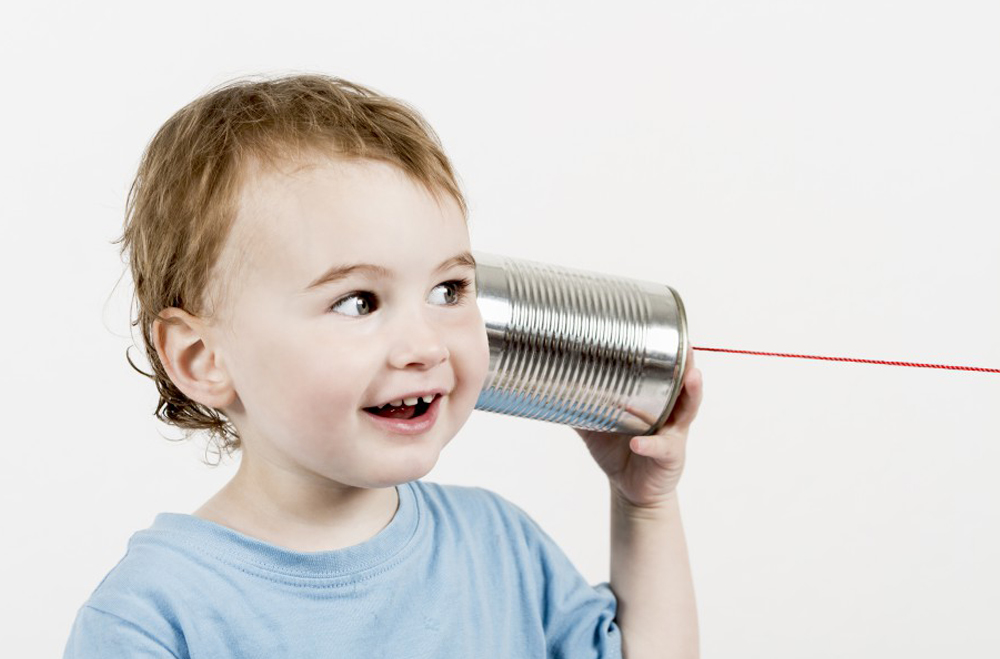As parents, there are times that we are frustrated by our kids lack of ability to follow instructions and ability to get distracted by just about anything at times. Then again, they are kids and are still growing, thus to a certain extent, the above behaviour is to expected. However if it happens very often, you may not want to just dismiss it as they may have auditory processing disorder (APD).
APD refers to difficulties in the processing of auditory information due to a failure in the central nervous system (i.e. the brain). This happens even though the structure and function of the ear (outer, middle and inner ear) are usually normal.
An individual who has APD usually shows the following symptoms:
- Trouble paying attention to and remembering information presented orally; they cope better with visually acquired information
- Difficulty following multi-step directions given orally
- Difficulty with reading, comprehension, spelling and/or other speech-language functions
- Difficulty following conversations
- Seems to hear, but does not listen
- Is confused by similar sounds such as hat and bat, there and where
- Is easily distracted or unusually bothered by loud noise or background noise such as the sound of a radio or television
As with all learning disorders, children can be taught how to better manage their condition and there are ways that parents can help them. If you suspect your child might have APD, do the following things to see them respond better:
- Include visual aids in teaching
- Get the child to look at you as you talk to him/her
- Slow down your speech and raise your volume slightly when talking to the child
- Minimise background noise in the child’s studying environment
- Be patient with the child
Diagnosing and Helping a Child with APD
You may find that APD has many presenting symptoms that are similar to those of other learning disorders such as attention deficit hyperactivity disorder, dyslexia, and specific language impairments. Thus to be able to best help your child, a comprehensive assessment to find out the cause of their symptoms is necessary.
Unlike what most people would naturally assume, APD is recognised as a brain problem rather than a hearing problem, thus it makes a lot of sense to look into the brain for answers and work on fixing the cause of the symptoms. At Spectrum Learning, QEEG brain mapping is used to peek into the brain while the individual is attempting tasks, including listening comprehension, reading and writing. QEEG is a safe and non-invasive brain-imaging technique that allows us to see which region of the brain is utilised/active or under-utilised.
With this information, a specific training using neurofeedback brain exercise can be designed to train the affected areas to increase in neuronal activities while the child is engaged in listening tasks. This is possible because of brain plasticity: a widely accepted scientific concept, which is the brain’s ability to rewire itself.
Neurofeedback is a non-invasive brain exercise to train the brain directly and has been shown to be able to help the brain to rewire itself so that it can function better. Currently, the volume of research on efficacy of neurofeedback on APD is not as large as that of ADHD. However it is still important to have a better understanding of the root cause of a child’s APD, so that more targeted and specific treatment can be designed.
Spectrum Learning focuses on the brain to help children and adults with learning and developmental issues. To find out more information on how QEEG and neurofeedback can help a child who has APD, call +65 6834 9476 or click here.















